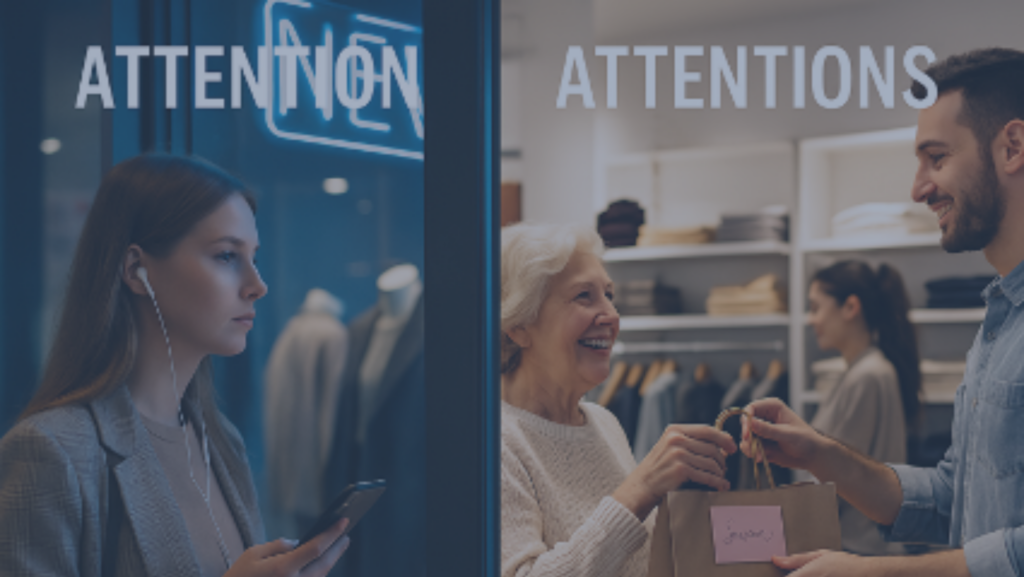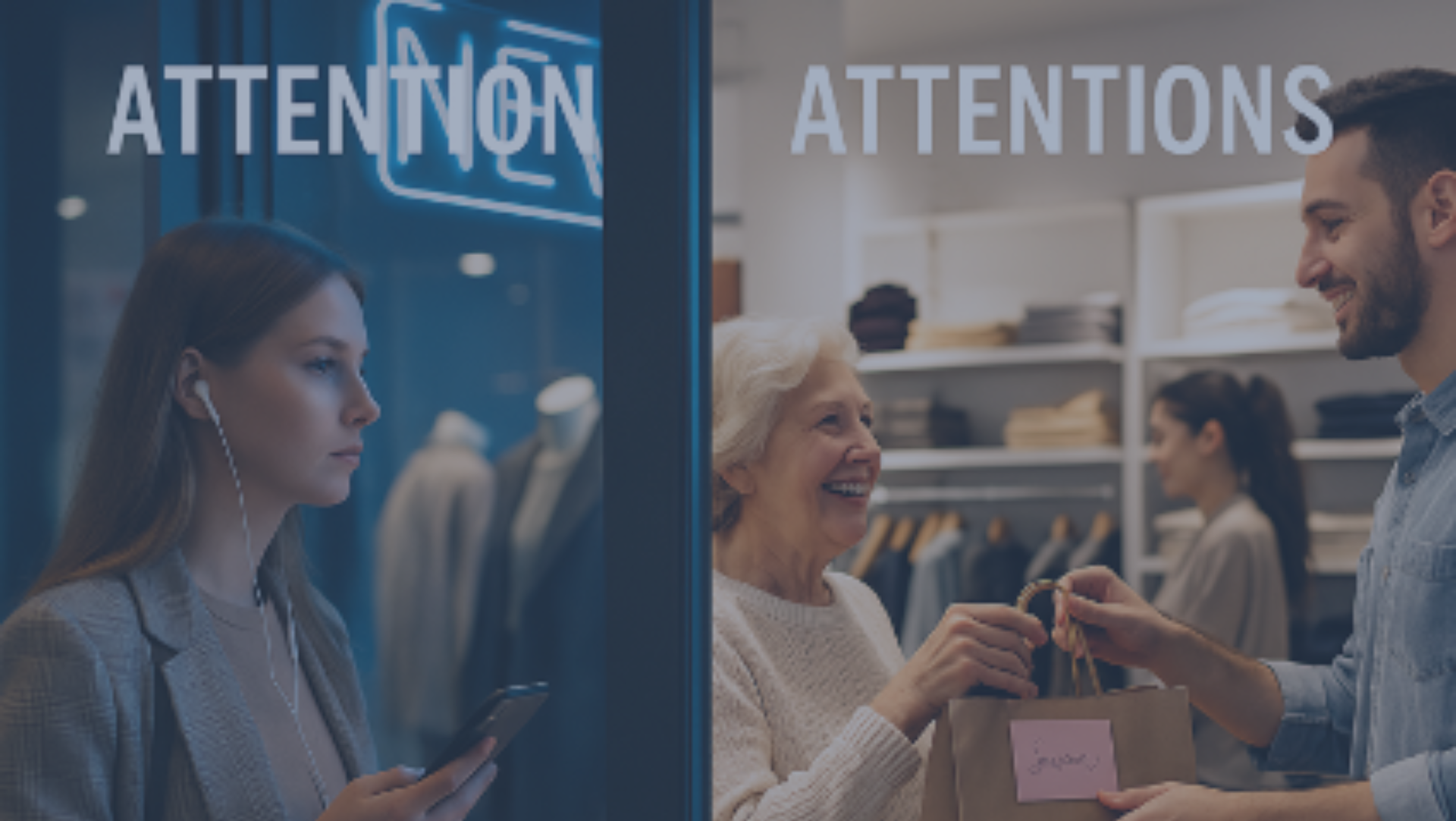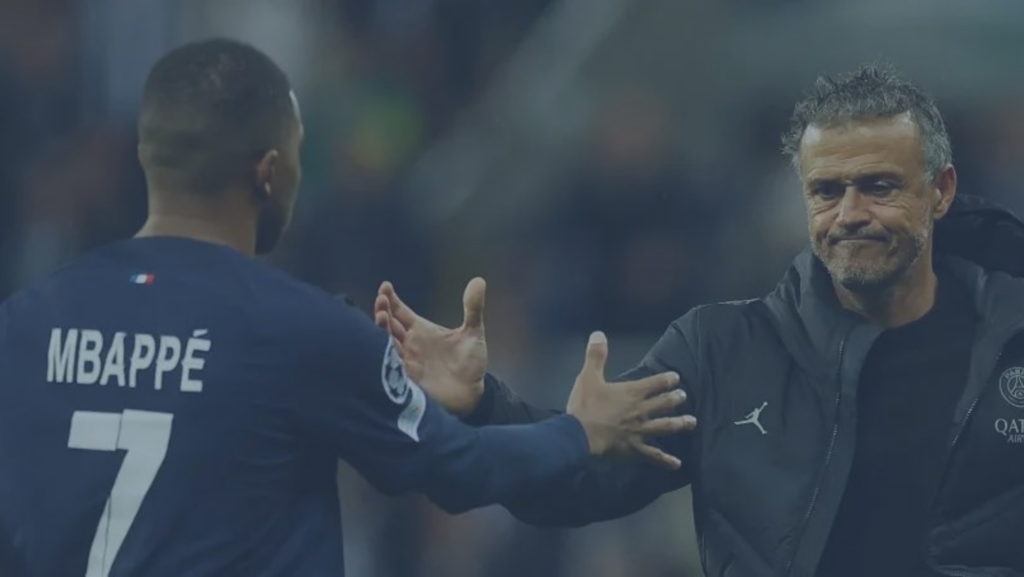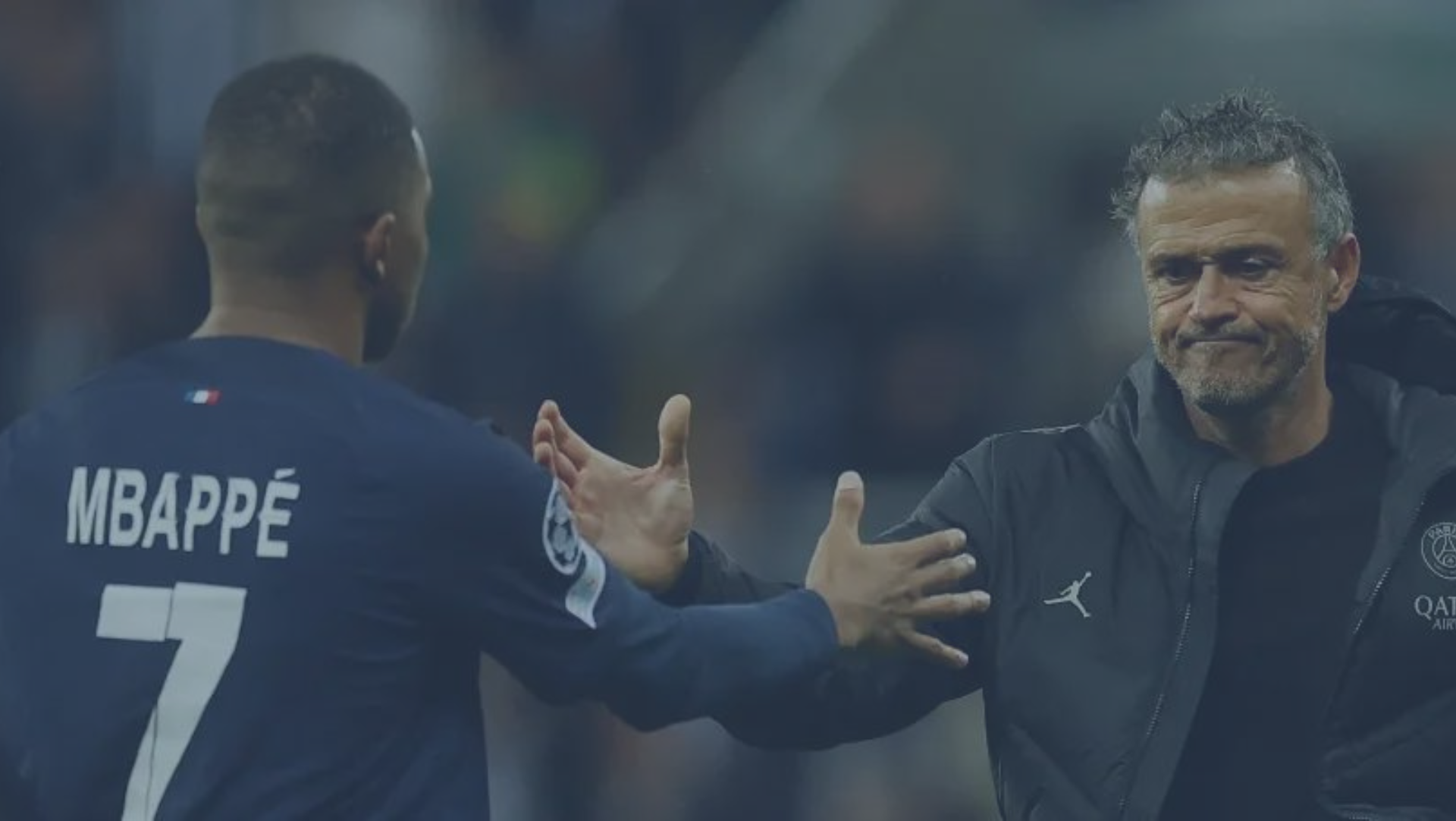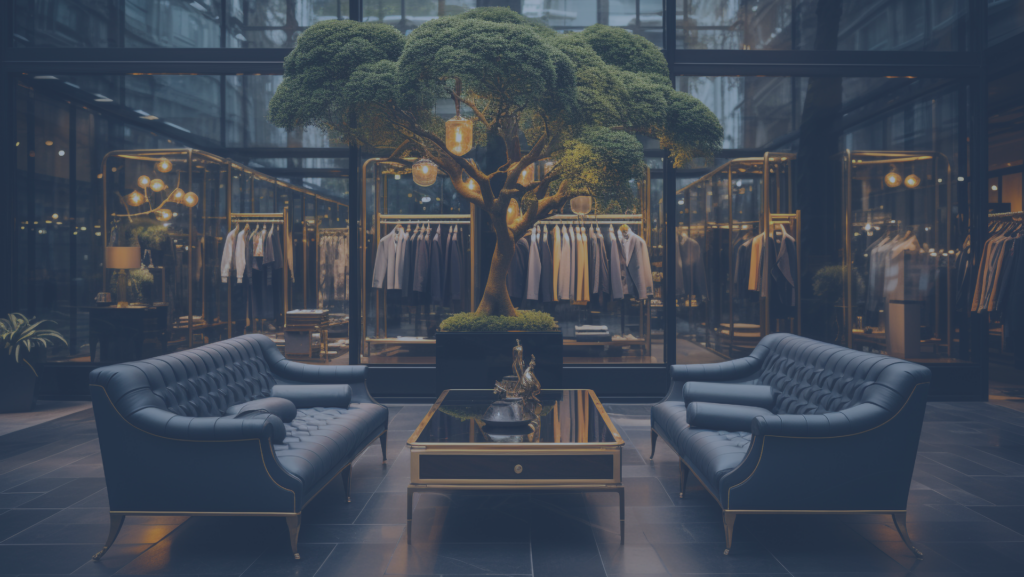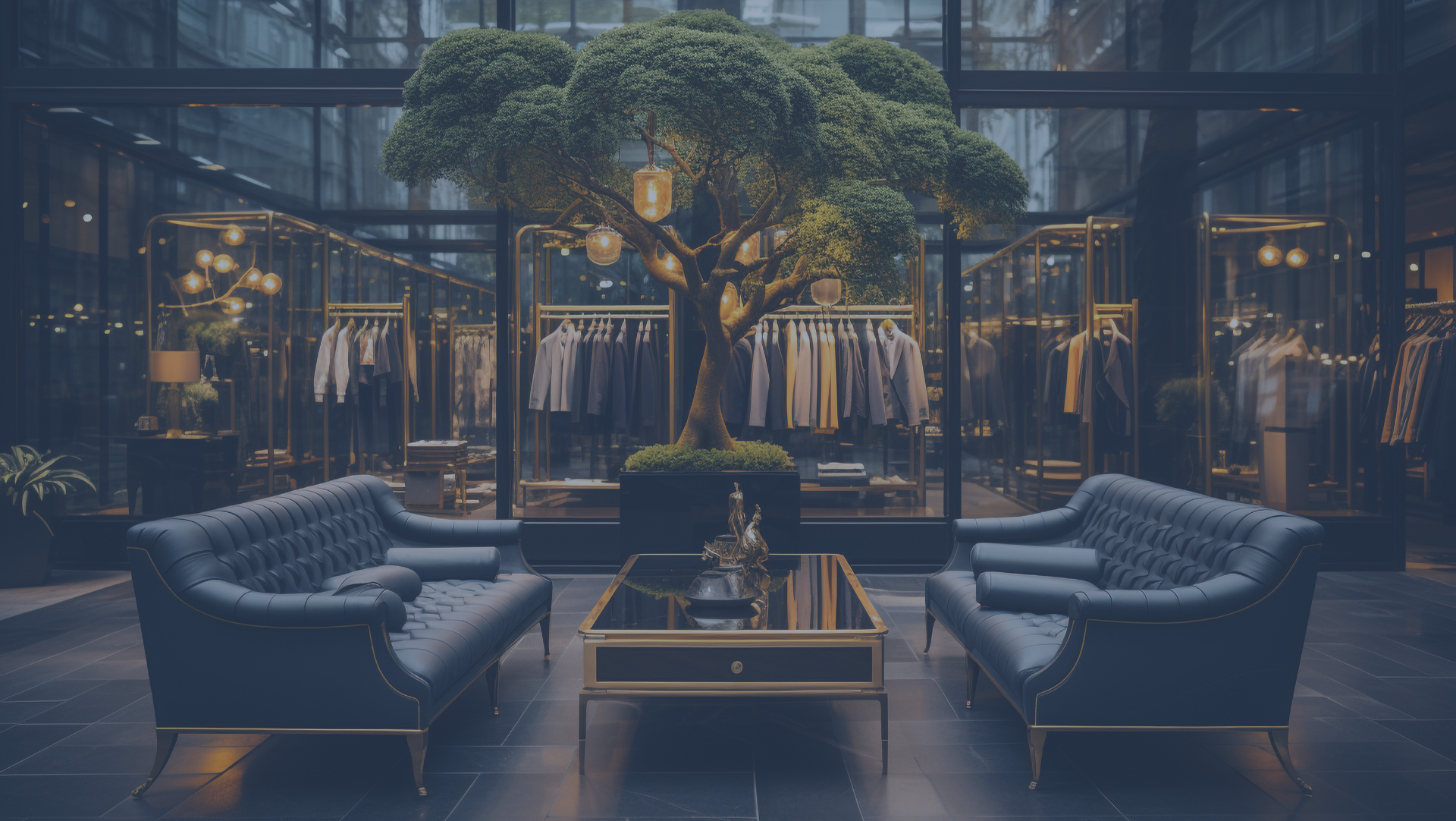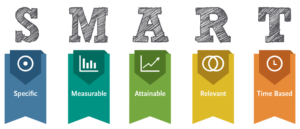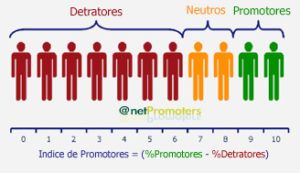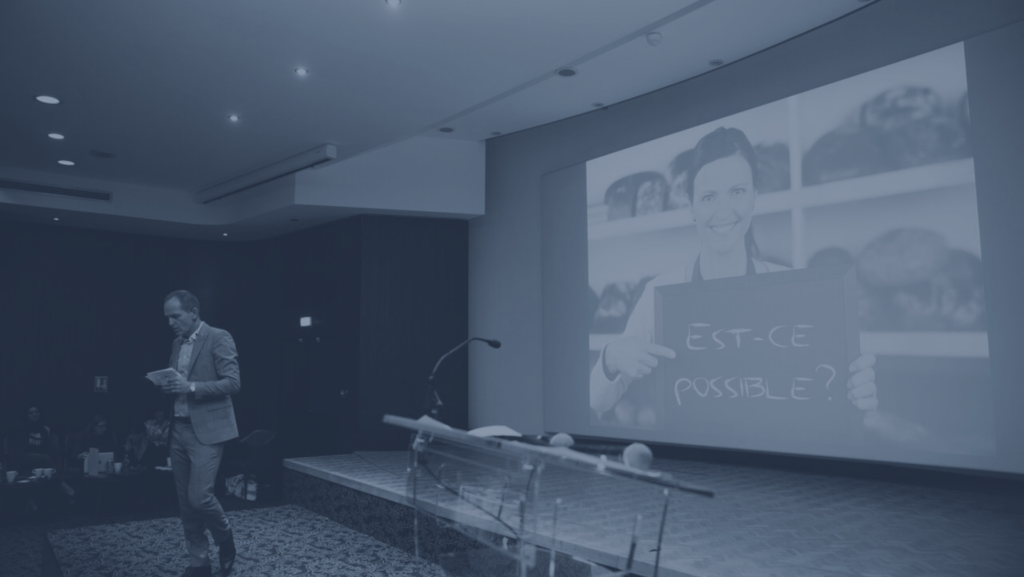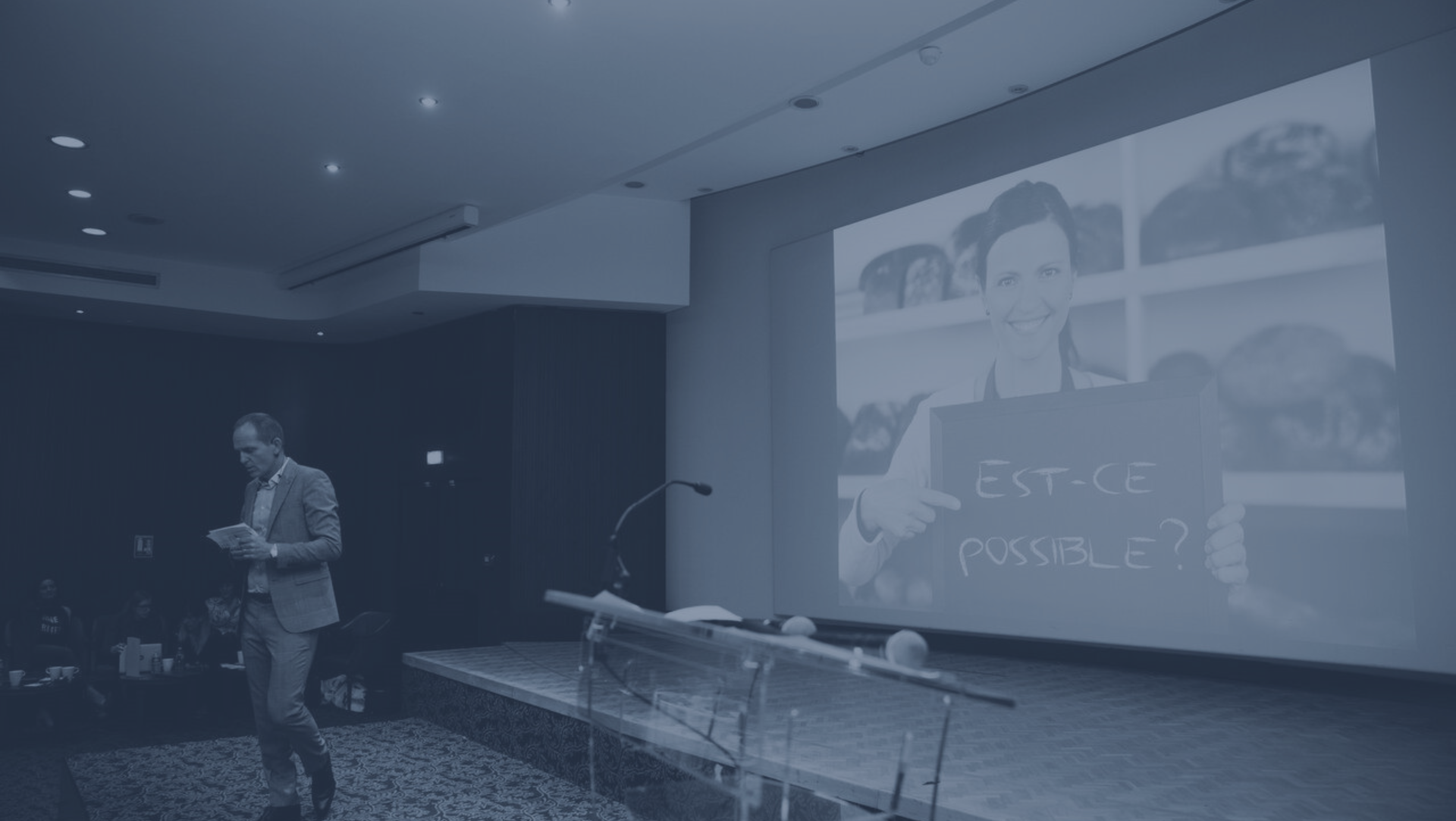What is Clienteling?
Clienteling is quite simply a Retail marketing strategy based on active Client loyalty. It is the art of remaining in close contact with high-potential customers, in order to boost sales. In the luxury retail sector, the objective is to move from “one to few” to “one to one” and from “one shot transactions” into “long term client relationships”.
Is Clienteling only about tecnhology?
Brands are now equipping their in-store salespeople with the latest technologies and clienteling solutions. Tablet in hand, the Client Advisor identifies their customers and welcomes them while accessing their purchase history, online and offline, their slightest preferences, tastes up to their latest likes on the web; as explained in Benoit Mahé ’s book, this is The connected sales person
Technology is facilitating this 360º relationship ; clienteling software allows sales persons to offer all types of customer services such as click & collect in store, mobile payment without going through the checkout and access to online catalogs, practical advice, etc… To one condition! : the Client advisor, sales expert, must become the corner stone of the Consumer journey; the embodiment of the omnichannel relationship. And the store manager must coach the team on Clienteling.
7 TECHNIQUES FOR STORE MANAGERS TO COACH ON CLIENTELING
(in grey, powerfull coaching questions)
1- Inspire and Role model:
As a store manager, do you yourself practice effective clienteling? Are you a reference in your Client advisor’s eyes?
And if you are a Country manager and visit a store, do you pronounce the name of your employee, and maybe their birthday, the same way as you’d like them to do it with your clients ?
Don’t pretend to develop a great Clienteling Consumer experience, if your Clienteling Employee experience is poor?
2- Data collection:
Is the first step to create long lasting relationship. Each client advisor is responsible for enriching their profile including lifestyle. To request data elegantly and naturally , not with this awkward hesitance. And capture on the CRM system
Incorrect email address or phone number affect the efficiency of clienteling.
- Which % of your clients from last month are 100% contactable?
3- Strategic management of clients database:
We sometimes distinguish sales profiles in stores between hunters and farmers; the hunters focus on increasing the conversion rate from visitors. A great clienteler is a mix of a hunter and a farmer, capable of developing a customer base; like a sales rep would do in B2B. The Client Advisor in the luxury sector also needs to embody the prestige and style of a maison while demonstrating creativity and innovation to address an ever more demanding clientele searching unique brand experiences, connecting with events, contributing to a culture of clienteling. Powerful questions from Store manager can be:
- How many VIC have you achieved? What would make you feel proud?
- Who are your Top10 VIC (Very Important Clients) ?
- How many hours a week do you invest contacting your clients?
- In which slots exactly is the most convenient?
- Where exactly and which conditions do you need to connect with your clients?
- What has been the average transactions after appointments vs regular clients?
- Which are the main tastes of your VIC nº4?
4- Written communications Email, WhatsApp message:
If a store manager observes real sales interaction in order to provide feedback to the Client Advisor, for clienteling, the manager needs to observes the quality of relationships, accompanying their team members. Written communication transmits a standard.
- What if we review your 10 last emails (the redaction, the quality)?
- From 0 to 10, how would you rate them?
- How personalized have been your last whatsapp messages?
5- Update the Dashboard:
The store dashboard or zone dashboard, on top of the operational KPI’s (Conversion, average transaction, UPT) must include the clienteling KPI to sustain the Retail Coaching session :
Which % of your total sales has been generated after an appointment?
Which % of your clients from last month are 100% contactable?
From 0 to 10, how effectively do you record the information discovered on your client once they leave the store?
Which % of your client base is buying at least once a year?
How many “yet to be retained” clients do you have? (clients who haven’t come back after 11 months)
Who are your HR (Hot Repeaters)?
How many times does your Top 10 client buy per year?
6- Link Operational KPI`S with Clienteling KPI`S:
Recurring clients normally spend more often and more value per transaction.
- What is your most important clienteling KPI to improve your business everyday?
- How many HR (Hot Repeaters) would you feel proud to convert into VIC (Very Important Client) this year?
7- Morning Brief:
Is a key ritual to promote clienteling
Do you highlight and celebrate the best messages and best practices in the Morning brief?
Do you organize role plays, including phone calls to take appointments?
Do you practice quiz, like :
- What ‘s the name of that client’s sons?
- How did she describe her style to you?
- Which bags purchased you’re your Top10 Clients?
One amazing Clienteling story.
A European author and speaker arrives at his hotel in Bogota (Colombia) tired after a 13 hours flight. Entering his hotel room, he then realizes that some “special” refreshments are offered: a Perrier bottle with his surname printed on it; and an Evian water with his family name printed; and on a small table an aperitive has been prepared with flags with the title of his last book on the pieces of ham and cheese. That guest cannot believe what he is witnessing. He is in shock! Literally. What a gesture! What a detail!
But how this hotel knows of his last book title? He remembers that in a prior visit, 2 months earlier, the desk employee, during the checkout procedure, entering his mail address, asked for the activity of the company. This author obviously shared his passion for management and probably mentioned the title of his last book. This lady on the desk of the hotel demonstrated a double competence : the finest discovery skills and a systematic data recording ! Great open questioning to discover the client and precise discipline to note on the CRM this very personal information, who converted into a WOW moment 2 months later.
The power of data with this human touch, this real interest and love to make the other special and unique. This Hotel director achieved not only to invest in a CRM system but to fertilize in his team the opportunity of capitalizing on each guest’s interaction not to satisfy them, but to amaze them, always and for ever. The art and science of sustainable clienteling.
Benoit Mahé
Coach MCC
CEO CapKelenn
CapKelenn in luxury retail
CapKelenn is the primary certification in Retail Coaching worldwide, certifying managers in Retail to really become coaches for their sales teams, facilitating the transition towards a supreme clienteling savoir-faire. CapKelenn delivers the certification in 12 languages on all the 5 continents. CapKelenn accelerates change, thanks to people, with results that are fast, visible and sustainable, contributing to fertilize a client experience that is memorable and personalized.
www.capkelenn.com
info@capkelenn.com
